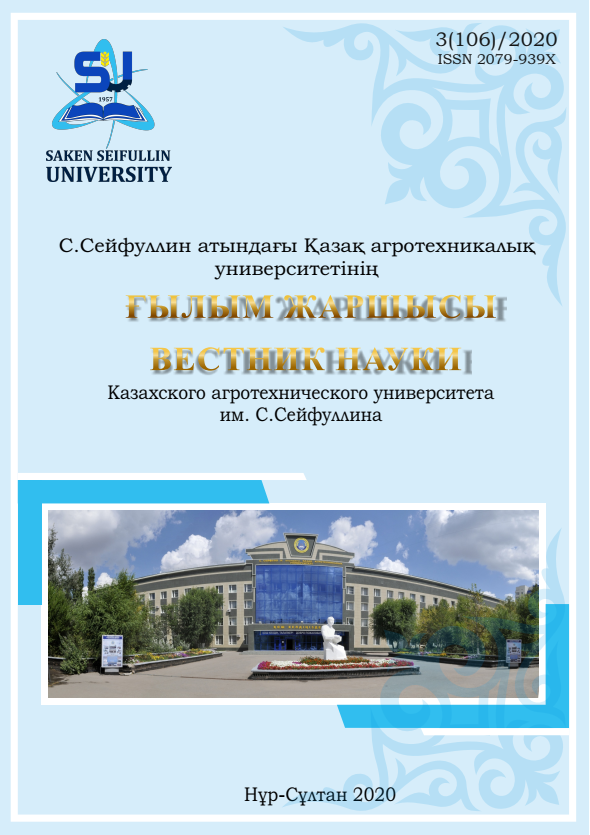THE DEGRADATION OF THE NATURAL AND CULTURAL LANDSCAPE AS A RESULT OF THE INTERACTION OF HUMAN AND NATURE (BASED ON THE MATERIALS FROM THE AKMOLA REGION, LATE XIX - 80S OF XX CENTURIES)
DOI:
https://doi.org/10.47100/herald.v1i3.90Keywords:
natural and cultural landscape, water resources, human, nature, Akmola region, virgin land, lakes, historical ecology, archived sources.Abstract
Тhe article using the method of discursive analysis of sources, the transformation of the Akmola region’s water-natural resources in historical retrospection from the end of the 19th century till the second half of the 80s of the XX century is studied; the causes of the degradation of the natural and cultural landscape of the region were identified. Until the mid 50-ies of the XX century, the consumer development of resources due to the absence of environmental legislation had a negative impact on the natural-water wealth of Akmola region. However, the scale of the influence of human economic activity on the natural environment at this time did not fundamentally change the natural and cultural landscape of the region. The complex of environmental problems caused by the plowing of virgin lands in the 1950-1960s in the northern regions of Kazakhstan had a direct consequence of the degradation of the natural and cultural landscape of the region. As a result of wind and water erosion of virgin soils, massive plowing of lands, including those adjacent to water sources construction and destruction of dams, natural water sources were polluted. Dozens of rare lakes and steppe rivers of the region were shallow and gradually disappeared as a result of human activities, which led to a deterioration of the environmental condittions of the landscape and the disruption of stable inter-component relationships in it.

